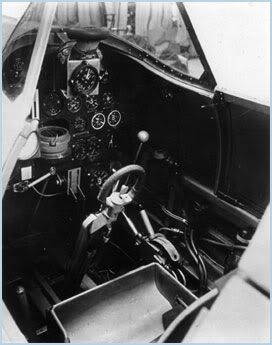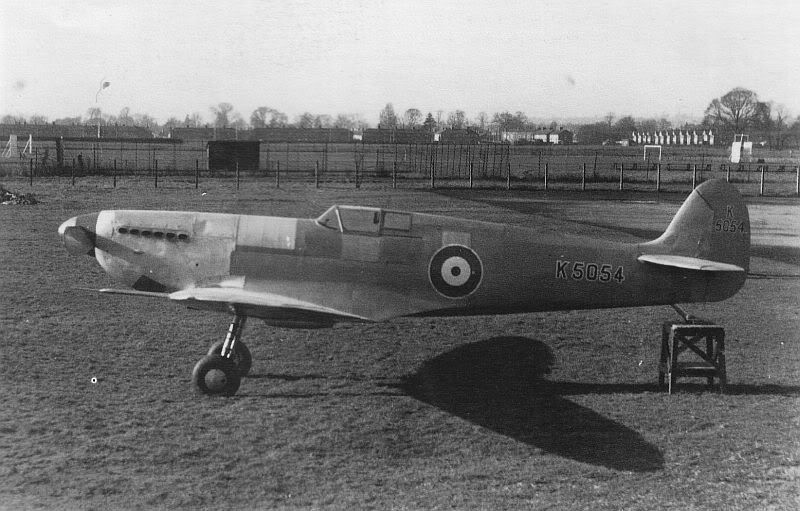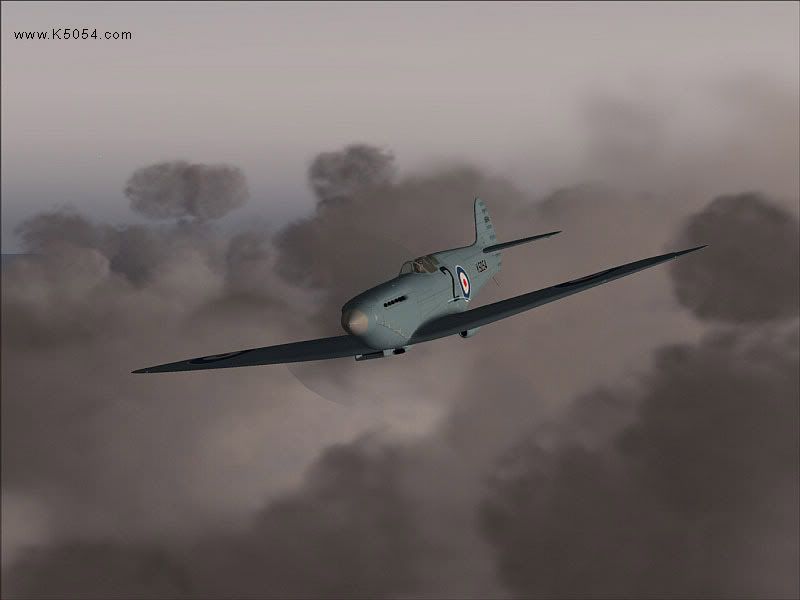H.Johnson
One Too Many
- Messages
- 1,562
- Location
- Midlands, UK
Yes, in the black and white photographs I have seen from the period after the initial flights, the interior appears to have an even 'all-over' finish (except for the seat) so it has clearly been painted, but you can't tell what the colour is.





